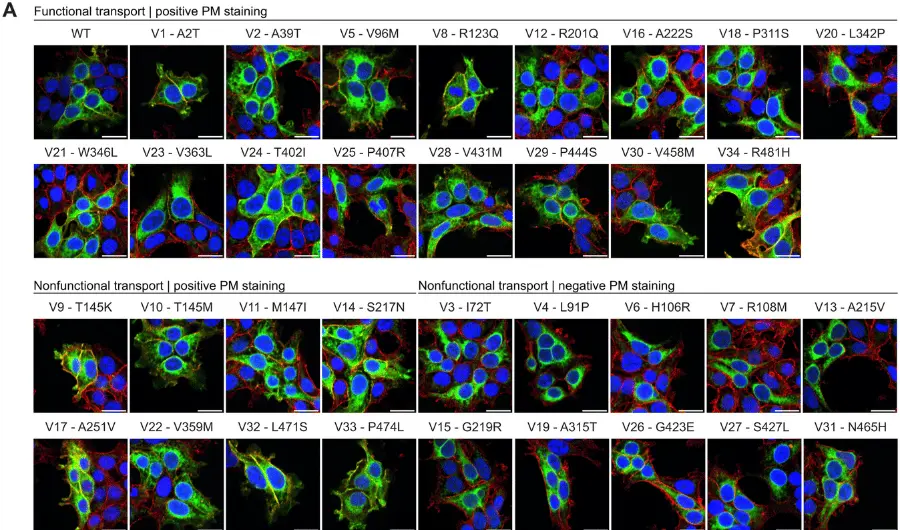Whole-Brain MEG Connectivity-Based Analyses Reveals Critical Hubs in Childhood Absence Epilepsy
June 5, 2018
Absence seizures are thought to be linked to abnormal interplays between regions of a thalamocortical network. However, the complexity of this widespread network makes characterizing the functional interactions among various brain regions challenging. Using whole-brain functional connectivity and network analysis of magnetoencephalography (MEG) data, we explored pre-treatment brain hubs (“highly connected nodes”) of patients aged 6 to 12 years with childhood absence epilepsy.
We analyzed ictal MEG data of 74 seizures from 16 patients. We employed a time-domain beamformer technique to estimate MEG sources in broadband (1-40?Hz) where the greatest power changes between ictal and preictal periods were identified. A phase synchrony measure, phase locking value, and a graph theory metric, eigenvector centrality (EVC), were utilized to quantify voxel-level connectivity and network hubs of ictal?>?preictal periods, respectively. A volumetric atlas containing 116 regions of interests (ROIs) was utilized to summarize the network measures. ROIs with EVC (z-score) > 1.96 were reported as critical hubs. ROIs analysis revealed functional-anatomical hubs in a widespread network containing bilateral precuneus (right/left, z?=?2.39, 2.18), left thalamus (z?=?2.28), and three anterior cerebellar subunits of lobule “IV-V” (z?=?3.9), vermis “IV-V” (z?=?3.57), and lobule “III” (z?=?2.03).
Findings suggest that highly connected brain areas or hubs are present in focal cortical, subcortical, and cerebellar regions during absence seizures. Hubs in thalami, precuneus and cingulate cortex generally support a theory of rapidly engaging and bilaterally distributed networks of cortical and subcortical regions responsible for seizures generation, whereas hubs in anterior cerebellar regions may be linked to terminating motor automatisms frequently seen during typical absence seizures. Whole-brain network connectivity is a powerful analytic tool to reveal focal components of absence seizures in magnetoencephalography. Our investigations can lead to a better understanding of the pathophysiology of childhood absence epilepsy.







